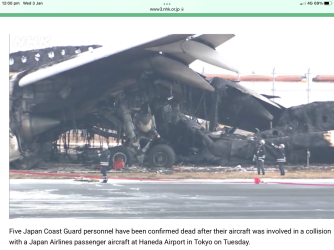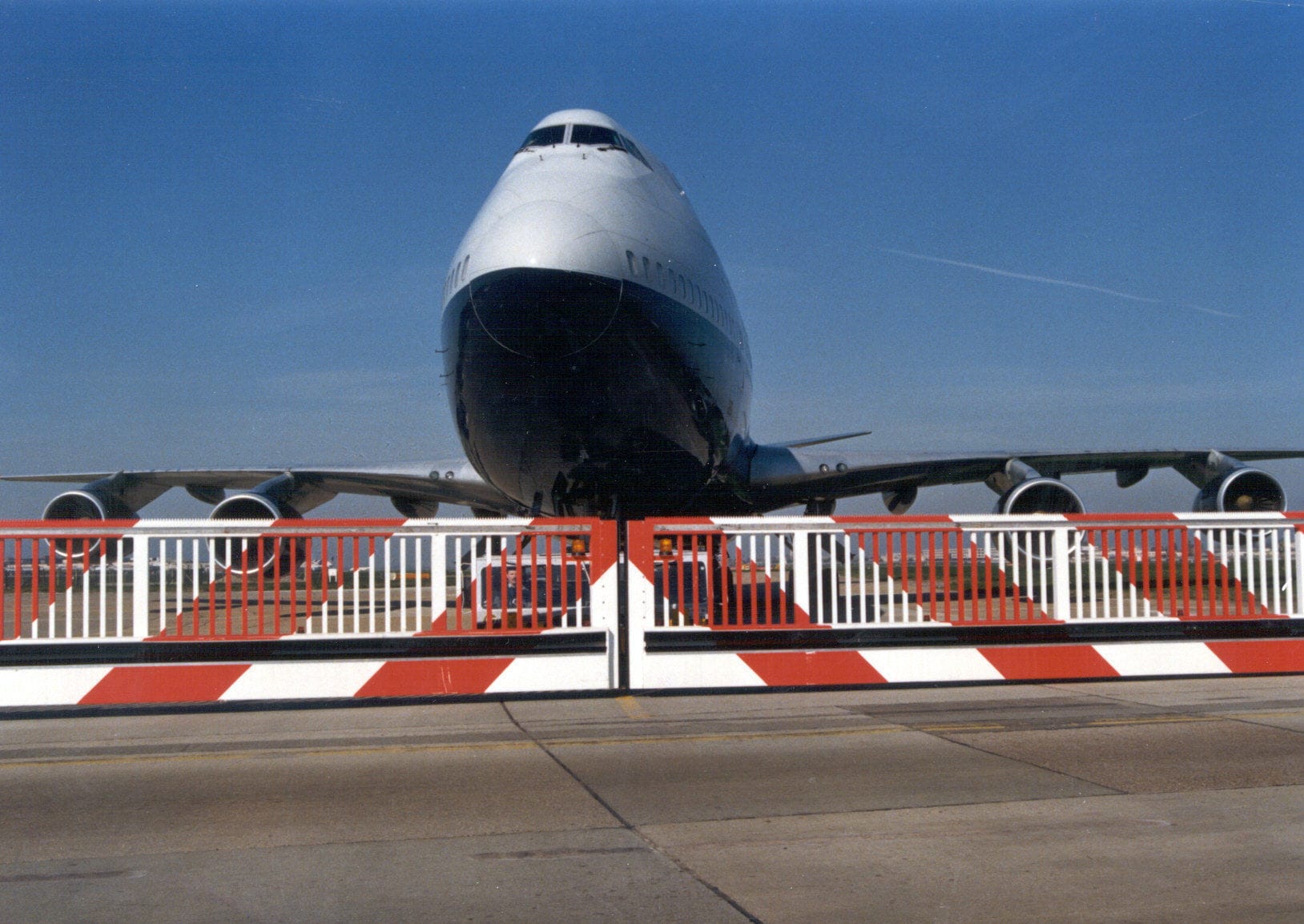tomlee1986
Established Member
- Joined
- Feb 27, 2014
- Posts
- 2,098
- Qantas
- Bronze
- Virgin
- Red
Only part of the wing survived this inferno!NHK has a live web cam on the plane.
Need to click on the photo
www3.nhk.or.jp/nhkworld/en/news/realtime
Only part of the wing survived this inferno!NHK has a live web cam on the plane.
Need to click on the photo
www3.nhk.or.jp/nhkworld/en/news/realtime
I'm sure there's lots of research, and many things have improved over the years. One of the most useful was in the coughpit itself, where the nav displays can zoom out to show you the taxiway data, and your position. The 380 had that. The easiest system was one that I first saw in Singapore, where aircraft would be cleared to 'taxi on the green' and you taxied along a lit green path. If the lights went out, you stopped. But, this was being manually controlled, and of course, only really worked at night. I recall that you had to be very careful at Narita, as it was just a sea of lights.JB.. Is there any research/reports on airport ground lighting and associated accidents and incidents ? (taxiways et al).
I always look about on touchdown/taxi and I was very surprised at the complexity of lights on a recent landing in Hnd.
OK i am just a bunny in the tube.. but at the same level as the folks up front and it all looked like a fairground to me...
… should not have treated a no news website…
Hard to believe, but it looks like some of those tyres are still inflated.NHK has a live web cam on the plane.
Need to click on the photo
www3.nhk.or.jp/nhkworld/en/news/realtime
it’s very noticeable when you turn on to a CAT III runway to see how bright it is compared to our relatively third world infrastructure.. I recall that you had to be very careful at Narita, as it was just a sea of lights.
Hard to believe, but it looks like some of those tyres are still inflated.
The impact mark on the front of the engine is very interesting. There is similar on the inside of the starboard engine. My guess is that these are from the wing on the Dash. It fits with the relative span.

That video makes it even more remarkable that all on the A350 survived.Extended cut from the web cam. Shows the 350 on approach prior to the impact. It's very hard to make out, but it appears that the 350 was in the process of derotation after landing when the impact happened.
There are many research and investigations from runway incursion incidents that have led to where we are today. I can't even count how many ACI episodes I've watched that involved runway incursions.JB.. Is there any research/reports on airport ground lighting and associated accidents and incidents ?
Indeed.That video makes it even more remarkable that all on the A350 survived.
Interesting if so. I generally have an issue with technological innovations that when in a failed state, are not obvious.Reports elsewhere that some of the taxiway stop bar lights (red lights like you see on SYD runways) were unserviceable - particularly C taxiways.
Yes, lots of holes line up and you have what happened last night.Interesting if so. I generally have an issue with technological innovations that when in a failed state, are not obvious.
The problem is that we as humans tend to rely on the technology, even new ones, very quickly. We often develop assumptions that the technology works.
I may be completely wrong here so please let me know if so. However, take the stop lights before active runways - now of course, the absolute default is you do not proceed anywhere on an airfield without permission from ATC, and that the stop lights are an additional safeguard against incursion. It sounds great, but when you have this technology for a while it is inevitable that someone will begin to rely on it for whatever reason. And since there is no let's say "healthy state" indicator (as far as I am aware) apart from perhaps a written NOTAM that tells crew the lights are inoperative. You don't see red, the default to go is off, you go.
Is it unprofessional? Obviously. While the technology does enhance safety, it also shouldn't create a potentially more dangerous scenario.
No of a bad idea for most journalism - the news should generally not get ahead of the factsAs @Seat0B says, this is very common Japanese news reporting where they're not supposed to say deceased until a doctor/coroner pronounces them dead.
AFF Supporters can remove this and all advertisements

after a fatality at salisbury in adelaide where a bus got stuck across the railway line, they installed red lights at level crossings

